This section of the timeline of United States history concerns events from before the lead up to the American Revolution.

The Italian campaign of World War II, also called the Liberation of Italy following the German occupation in September 1943, consisted of Allied and Axis operations in and around Italy, from 1943 to 1945. The joint Allied Forces Headquarters (AFHQ) was operationally responsible for all Allied land forces in the Mediterranean theatre and it planned and led the invasion of Sicily in July 1943, followed in September by the invasion of the Italian mainland and the campaign in Italy until the surrender of the German Armed Forces in Italy in May 1945.

The Marzabotto massacre, or more correctly, the massacre of Monte Sole, was a World War II war crime consisting of the mass murder of at least 770 civilians by Nazi troops, which took place in the territory around the small village of Marzabotto, in the mountainous area south of Bologna. It was the largest massacre of civilians committed by the Waffen SS in western Europe during the war. It is also the deadliest mass shooting in the history of Italy.
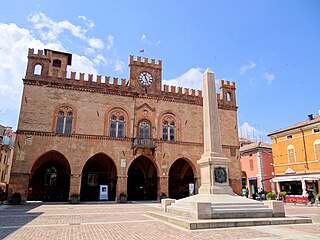
Fidenza is a town and comune (municipality) in the province of Parma, in the Emilia-Romagna region of Italy. It has around 27,000 inhabitants. The town was renamed Fidenza in 1927, recalling its Roman name of Fidentia; before, it was called Borgo San Donnino.

Walter Reder was an Austrian SS commander and war criminal during World War II. He served with the SS Division Totenkopf and the SS Division Reichsführer-SS. He and the unit under his command committed the Vinca massacre and Marzabotto massacre in Italy in 1944. After the war, Reder was convicted of war crimes in Italy.

The 3rd Infantry Division was an infantry division of the German Army that fought in World War II. The division was established under the cover name Wehrgauleitung Frankfurt in 1934 by expanding the 3rd Division of the Reichswehr. It was redesignated Kommandant von Frankfurt shortly afterward, and took on its bona fide name when the formation of the Wehrmacht was announced in October 1935. In March 1939 the division took part in the invasion and occupation of Czechoslovakia.

Civitella in Val di Chiana, often also Civitella di Val di Chiana, is a comune in the province of Arezzo, south of Arezzo in Tuscany, Italy. It is one of the best-preserved of the network of Lombard fortresses of the 6th and the 7th century in central Italy, strategically placed to control the whole territory. The characteristic elliptical shape of the military settlements can still be seen in the layout of the town walls.
During World War II, the Allies committed legally proven war crimes and violations of the laws of war against either civilians or military personnel of the Axis powers. At the end of World War II, many trials of Axis war criminals took place, most famously the Nuremberg Trials and Tokyo Trials. In Europe, these tribunals were set up under the authority of the London Charter, which only considered allegations of war crimes committed by people who acted in the interests of the Axis powers. Some war crimes involving Allied personnel were investigated by the Allied powers and led in some instances to courts-martial. Some incidents alleged by historians to have been crimes under the law of war in operation at the time were, for a variety of reasons, not investigated by the Allied powers during the war, or were investigated but not prosecuted.

The governments of the German Empire and Nazi Germany ordered, organized, and condoned a substantial number of war crimes, first in the Herero and Namaqua genocide and then in the First and Second World Wars. The most notable of these is the Holocaust, in which millions of European Jewish, Polish, and Romani people were systematically abused, deported, and murdered. Millions of civilians and prisoners of war also died as a result of German abuses, mistreatment, and deliberate starvation policies in those two conflicts. Much of the evidence was deliberately destroyed by the perpetrators, such as in Sonderaktion 1005, in an attempt to conceal their crimes.

Dugopolje is a municipality in Croatia in the Split-Dalmatia County.
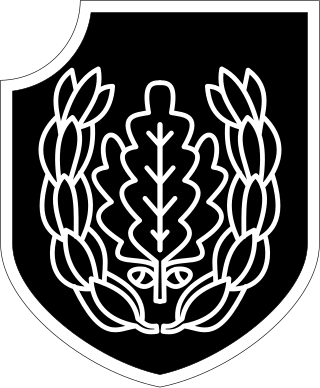
The 16th SS Panzergrenadier Division "Reichsführer-SS" was a motorised infantry formation in the Waffen-SS of Nazi Germany during World War II.
The following outline is provided as an overview of and topical guide to World War II:

104th Jäger Division was an infantry division of the Germany Army in World War II. It was formed in April 1943, by the redesignation of the 704th Infantry Division, which was itself formed in April 1941. The division served in German-occupied Yugoslavia in May 1941 where it took part in anti-partisan and security operations in the Independent State of Croatia. In April 1943, it was reorganized and redesignated the 104th Jäger Division and took part in the Battle of the Sutjeska in June 1943. Following the Italian surrender, elements from the division took part in the murder of thousands of Italians from the 33 Infantry Division Acqui in September 1943, on the Greek island of Cefalonia in one of the largest-scale German atrocities to be committed by German Army troops instead of the Waffen SS.

114th Jäger Division was a light infantry division of the German Army in World War II. It was formed in April 1943, following the reorganization and redesignation of the 714th Infantry Division. The 714th Division had been formed in May 1941, and transferred to Yugoslavia to conduct anti-partisan and Internal security operations. It was involved in Operation Delphin which was an anti-partisan operation in Croatia that took place between 15 November and 1 December 1943. The objective of the mission was to destroy the Partisan elements on the Dalmatian islands off central Dalmatia.
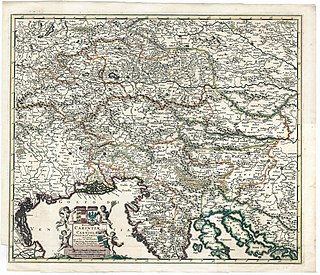
World War II in the Slovene Lands started in April 1941 and lasted until May 1945. The Slovene Lands were in a unique situation during World War II in Europe. In addition to being trisected, a fate that also befell Greece, Drava Banovina was the only region that experienced a further step—absorption and annexation into neighboring Nazi Germany, Fascist Italy, and Hungary. The Slovene-settled territory was divided largely between Nazi Germany and the Kingdom of Italy, with smaller territories occupied and annexed by Hungary and the Independent State of Croatia.

15th Panzergrenadier Division was a mobile division of the German Army in World War II.
Events from the year 1911 in Italy.
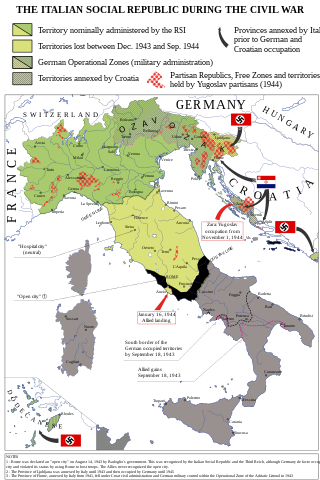
Two of the three Axis powers of World War II—Nazi Germany and their Fascist Italian allies—committed war crimes in the Kingdom of Italy.
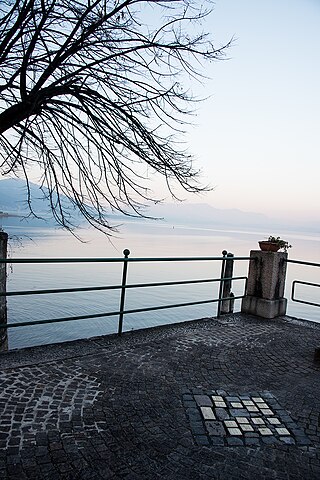
The Lake Maggiore massacres was a set of World War II war crimes that took place near Lake Maggiore, Italy, in September and October 1943. Despite strict orders not to commit any violence against civilians in the aftermath of the Italian surrender on 8 September 1943, members of the 1st SS Panzer Division Leibstandarte SS Adolf Hitler murdered 56, predominantly Italian and Greek, Jews. Many of the bodies were sunk into the lake to prevent discovery but one washed ashore in neighbouring Switzerland, drawing international attention to the massacre and prompting an inconclusive divisional inquiry. It is commonly referred to as the first German massacre of Jews in Italy during World War II.
















